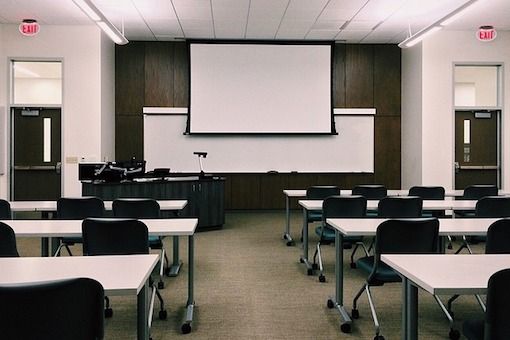One of the first things that Damian Hinds told parliament as Education Secretary was this: “There is more money going into our schools in this country than ever before.” As we know, this has long been the government line. Yet schools are under more pressure than ever and teachers have been vocal about that. So who’s right?
Well, if Hinds had stopped there, then technically he would have been correct. Unfortunately for him, he went on to try and explain what that statement actually means. Getting his briefing wrong, he was obliged by the UK Statistics Authority to withdraw what he’d said and also exposed the true facts on school funding.
The problem came when Hinds told MPs that “We know that real-terms funding per pupil is increasing across the system and, with the national funding formula, each school will see at least a small cash increase.” The trouble was that this certainly isn’t true. School funding is increasing in cash terms, but so is the number of pupils in the system. Funding is indeed at its highest on record in simple cash terms but costs are increasing as well, often faster than funding. The additional costs loaded onto schools have resulted in significant real terms losses across the school system.
The result is that schools’ funding per pupil will, at best, be barely maintained in real terms over the next two years—and this follows a sharp fall since 2015, with some £2.8bn effectively cut from schools’ funding by a combination of a funding freeze and higher employer pension and national insurance contributions imposed by government.
Before the 2017 election, the Institute for Fiscal Studies described the government’s school funding policy as representing the first real terms cuts to school funding since the mid-1990s. Even with an extra £1.3bn for 2018-20, found quickly by a re-elected government shocked by the election result (and taken from elsewhere in the education budget), schools will on average be significantly worse off than in 2015.
Now we’re past that headline of “more money… than ever before,” we can begin to explore what’s actually happening in schools. Recent surveys by the National Education Union and the National Association of Head Teachers have shown the actual impact on education at school level. Class sizes are rising, support staff are being sacked, educational opportunities are being reduced and teaching posts are now increasingly being lost as well.
Funding for students with special educational needs is being curtailed twice over—the High Needs funding block has been hit in the same way as general school funding, but local authorities’ ability to support it by switching funding from the overall schools budget is now more limited and increasingly opposed by schools. One of Hinds’s first decisions was to overrule West Sussex schools’ objections to their authority doing this. No-one really emerges a winner in such circumstances.
While some schools still have money put aside for a rainy day, that won’t last long. Department for Education figures show that most local authority primary and secondary schools spent more than their income in 2016-17 (many also doing so the previous year). The number of such schools actually in deficit (ie with no “cash at the bank”) has shot up since 2010—now over a quarter of secondary schools, with the average deficit approaching £400,000.
And that’s just the picture for schools. Hinds did not mention other sectors such as 16-19 education or early years. Their funding has been slashed since 2010, and no additional money is being found for them. Sixth form colleges and nursery schools vie for the title of most successful sector in terms of their impact on student achievement, but their funding has been cut the most, with many nursery schools facing closure or having already been closed.
Finally, we mustn’t forget the National Funding Formula (NFF), which Damian Hinds also mentioned to parliament. The picture above may be worrying but the NFF will make it worse for many schools. Most of the “winners” through the NFF will still be losers overall. The NEU’s School Cuts website estimates that by 2020, 91 per cent of schools will have less money per pupil in real terms than in 2015. Fair funding won't be achieved by taking money away from some schools to give to others. Redistributing money in this way is an idea which even Michael Gove backed away from when he was Education Secretary.
According to Survation, last year 750,000 people changed their election vote because of concerns about education funding. The government’s response—inadequate but nonetheless welcome—was to find more money for schools from other education spending. The local elections will be another test. Schools, colleges and local authorities are still under extreme financial pressure and the resources they have are not enough.
If voters value a well-funded, well-resourced, well-managed local education system, they should vote accordingly.
This government cannot be trusted to fund schools properly
It claims funding has increased—this is true only in the hollowest sense
April 25, 2018












